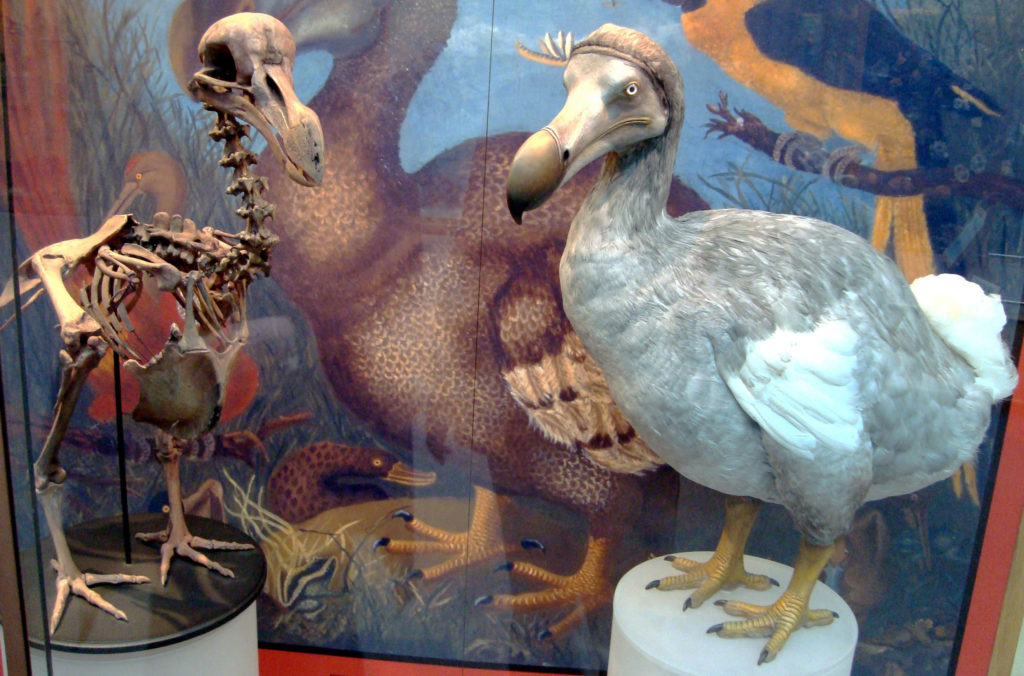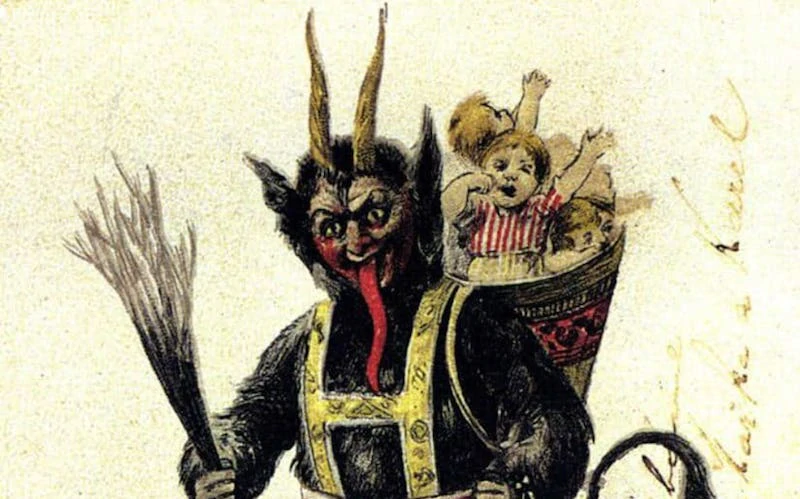Last updated on January 29th, 2023 at 11:29 pm
Unless you took a biology class a few centuries ago, you most likely didn’t learn about the dodo bird– an ostrich-like bird that died out.
While this bird is extinct, you can still find preserved bones in museums. What did Dodos look like, where they lived, and why did they go extinct?

Dods (Raphus Cucullatus)
Once residing on the untouched island of Mauritius, the Dodo (scientific name: Raphus Cucullatus) was a flightless bird. There are many arguments over the origin of Dodo’s name. This can come from either the Dutch dodaars, which means stumpy tail, or from the Portuguese doido, which means like a fool.
What Did Dodos Eat?
Based on the habitat and ecosystem of the island, dodos’ bodies were well-adapted to survive there. It is said that their diet consisted tambalcoque tree, locally known as the dodo tree, and nuts, fruits, roots, and small insects.
Dodos had no natural predators, eventually losing their ability to fly as they adapted to a land-bound lifestyle and their wings and tails became smaller.
They also stopped nesting their eggs in trees and just put them on the ground. More tragically, that habit made it easy for humans and their pets to cause damage to the eggs as they made their way around the island.
What Did the Dodo Look Like?
Evolutionary biologists claim that pigeons and doves are the closest relatives of dodos, but they are considerably different in size and weight than these other species.
Dodos were approximately 3 feet tall and weighed between 15 to 20 kilograms. Illustrations of dodos are predominantly a mixture of brownish-grey feathers, but scientists do not agree on the true color of the Dodo’s feathers.
Dodos also had a long beak- roughly 8 inches long- with a curved tip that matched its feeding habits. Experts theorize that their beaks may have been strong enough to break open coconuts.
Early explorers probably inaccurately depicted dodos as fat and lazy. Some experts even proposed that when the sailors and explorers first arrived, they captured the poor creatures and overfed them, which resulted in the typically inaccurate perception of the Dodo.
How Were Dodo Birds Discovered?
Many historians believe that Arab explorers traveled to Mauritius Island. However, their chronicles didn’t include any mention of the Dodo. Until 1601, the Dutch East India Company noted the animal in its travel journal. The first representation of a dodo bird showed up a few years later.
How and When Did the Dodo Go Extinct?
Three factors likely resulted in Dodos going extinct.
In a time before the arrival of humans on Mauritius—an island where the dodos had lived and evolved for centuries— the species had no natural predators.
Due to their inability to adapt to the impending threats and escape the way they should have, they became an easy target for human explorers and the chaos they unleashed.
Westerners came to the island of Mauritius with domestic animals such as rats, cats, dogs, and pigs. Invasive animals wreaked havoc in the new environment of Mauritius, disrupting the routines of dodos who had no prior experience with them.
Dodo laid their eggs directly on the ground, so the invaders ate dodo eggs and ate Dodo’s young before they were born. Human activity and immigration from other parts of the world made this native creature a prisoner in its habitat.
Additionally, the new arrivals exploited the island’s natural resources, harming the dodos and other endemic species and plants, ultimately paving the way for the extinction of this odd bird.
Loss of habitat, foreign animal encroachment, and invasion by explorers were the three major causes of the Dodo’s extinction.
Could We Have Prevented The Dodo’s Extinction?
As we’ve discussed already, there were many reasons behind the dodo bird’s extinction. Although the arrival of human invaders was their death knell, were there any ways that the dodo bird’s extinction could have been avoided?
Though dodos lived only on the island of Mauritius or were unaccustomed to natural predators, if they had existed elsewhere or had some way to protect themselves from predators, they may have found a way to continue and survive.
If humans had instead shown more compassion to these strange creatures and preserved them rather than preyed on them, we could have introduced them to other parts of the world, where they could have adjusted and flourished.

